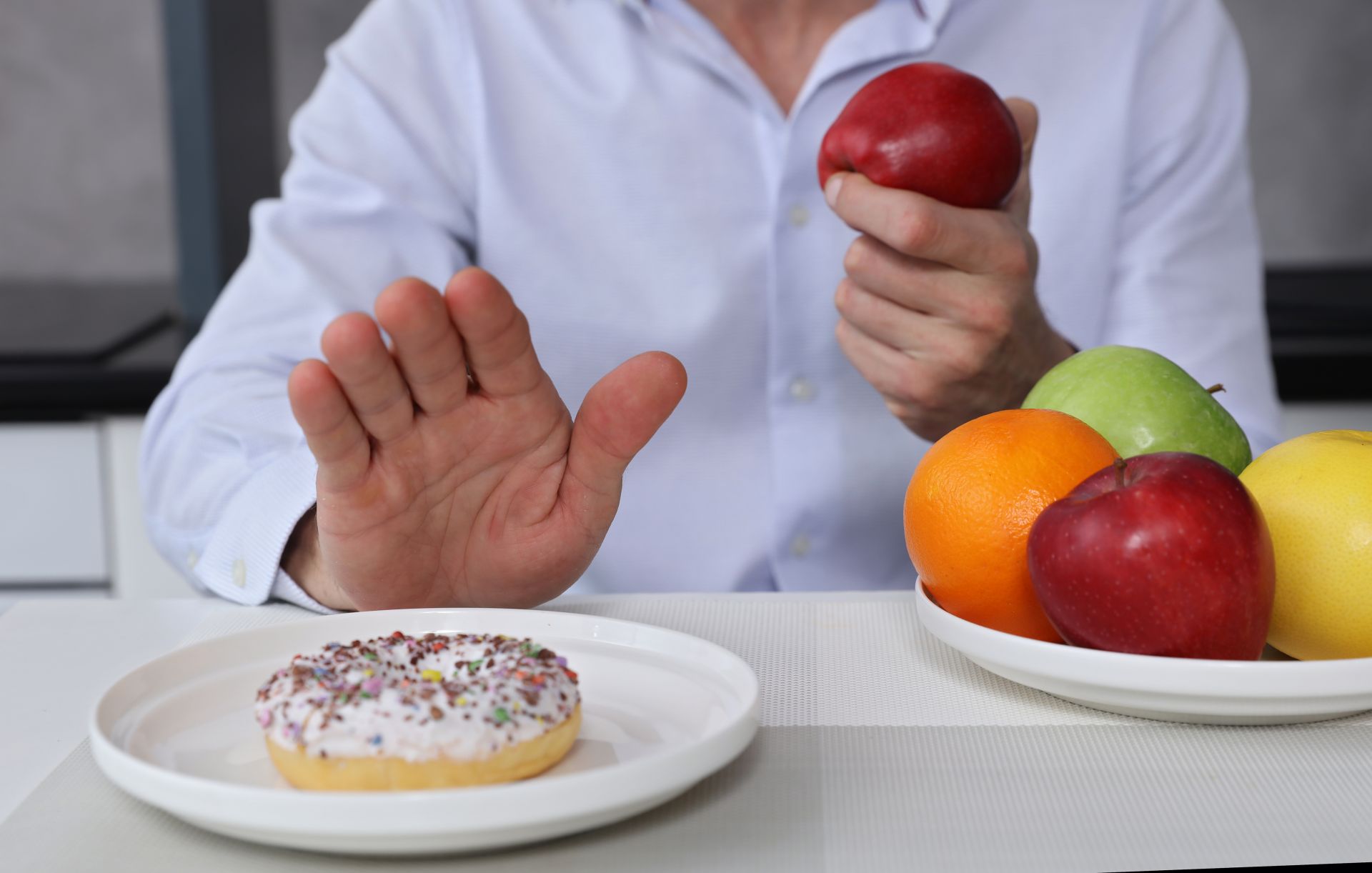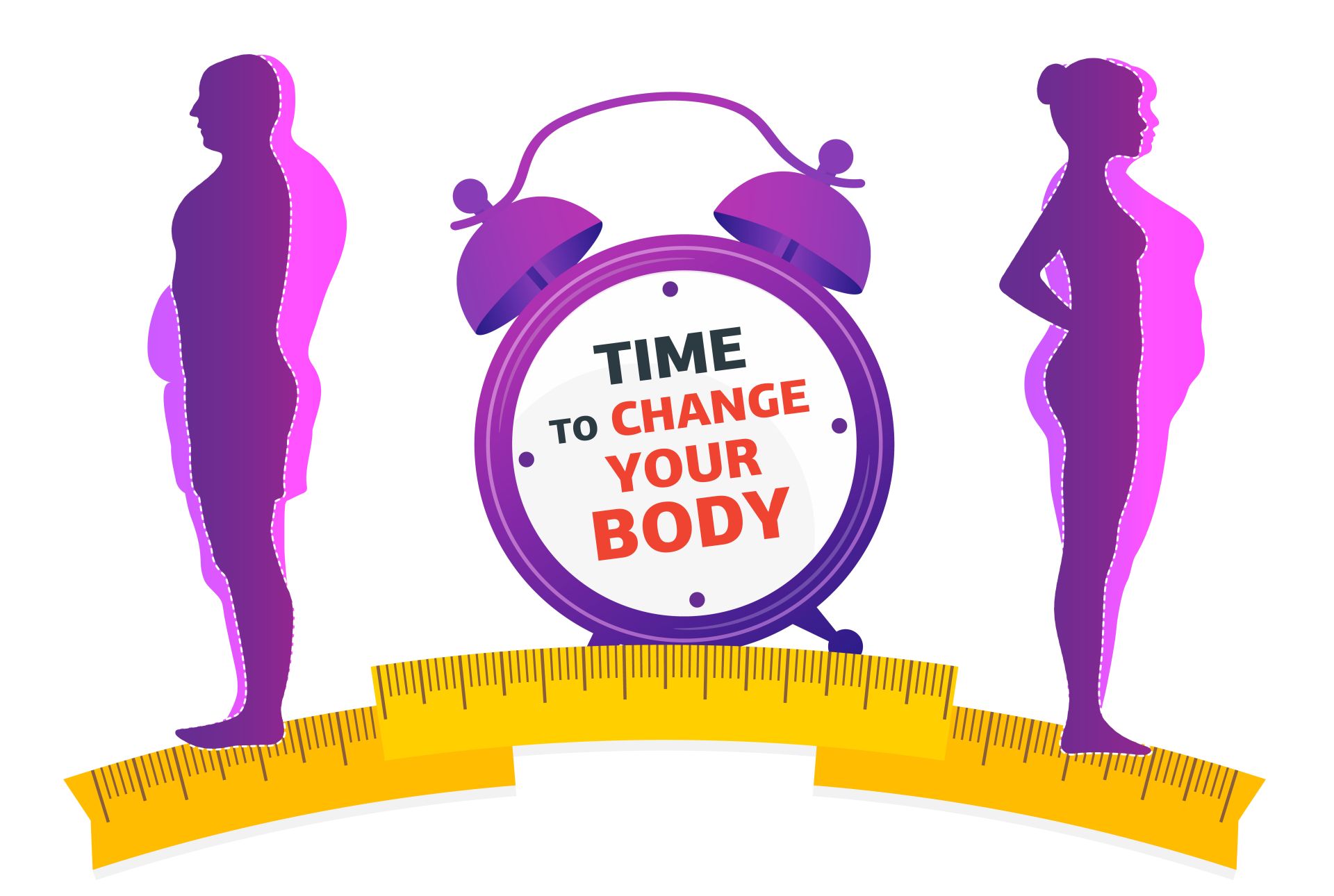Proven ways to snack

Snacking between meals is a common phenomenon. Nowadays, snacking accounts for up to one-third of total daily energy intake. Many snacks are high-calorie foods that are also low in valuable nutrients. So let's find out what are the proven ways to snack.
- Snacking - the most common causes
- Snacking - which foods are most tempting?
- Examples of ways to snack
- Basic rule - don't hoard sweets and salty snacks at home
- Eating regularly - the easiest way to stop snacking
Snacking - the most common causes
Snacking is the habit of reaching for foods that are appealing in taste, despite the fact that objectively a person is not usually hungry because he or she has recently eaten a meal. There are at least several reasons that cause people to snack between meals. It is worth considering what the main reason for snacking is before making efforts to change this behavior. Among the most common reasons for snacking are:
-
A feeling of intense hunger - usually applies to people who are losing weight, who severely restrict the amount of food they eat or even skip some meals in order to reduce the caloric supply of their diet, which can consequently result in a wolfish appetite for sweets and/or salty snacks and the occurrence of symptoms of hypoglycemia (i.e., blood glucose levels that are too low).
-
Unhealthy eating habits - including but notlimited to: snacking while cooking food, eating cake with coffee, eating salty snacks with beer, putting sweets on the table, reaching for popcorn, candy, chips, or cola drinks while watching movies and TV series.
-
External stimuli - most overweight people are susceptible to external stimuli, such as the attractive appearance and smell of food.
-
Modeling other people's behavior - some people like to socialize with friends, during which they reach for the same unhealthy snacks and drinks, finding this not only a taste pleasure, but also an opportunity to cultivate interpersonal relationships.
-
Strong emotions - a lot of people reach for sweets and salty snacks in moments of high emotional tension, when they experience anxiety, sadness, anger, longing, frustration, helplessness, or loneliness.
-
Health disorders - an internal compulsion to eat and frequent snacking can also result from specific health problems, such as mental bulimia, compulsive eating syndrome, depression, anxiety disorders, or night eating syndrome.
Snacking - which foods are most tempting?
People most often snack between meals on foods that are sweet and also high in fat, such as candy bars, cakes, chocolate cakes, marshmallows, pralines, waffles with cream, and milk chocolates. The second group of the most commonly snacked foods are salty and also high in fat, such as chips, crisps, French fries, pizza, casseroles, kebabs, fries, and dishes containing full-fat cheese. Some people also reach for finger foods, crackers, cookies, biscotti, gingerbread, candy canes, ice cream, dried fruit and nuts.

Examples of ways to snack
Snacking often becomes a habitual behavior that takes place without consciousness, almost automatically. Getting rid of the habit of snacking requires time, commitment, patience and consistency in action. Fortunately, there are a number of proven ways to stop snacking that help you change your eating habits. These include:
-
Eating mindfully - eat your meals slowly and without undue haste.
-
Variety inmeals - regularly include in your diet a variety of fresh fruits and vegetables, coarse grains, legumes, high-protein natural yogurt, lean cottage cheese, light country cheese, lean poultry meat, fish, eggs, nuts, seeds and pumpkin seeds.
-
Taking meals to work or school - prepare two simple, filling, healthy and nutritious meals for work and take them with you regularly (e.g. fresh fruit, nuts, high-protein natural drinking yogurt, light country cheese, wholemeal rye bread sandwiches with hummus, mozzarella light cheese and tomato).
-
Keeping a food diary - regularly writing down the meals consumed during the day is an excellent remedy for involuntary and mindless eating.
-
Learning your body's signals - learn to recognize the feelings, emotions and behaviors that usually precede an impending eating attack. This will help you behave differently in the situation, such as going out for a walk or talking to someone close to you.
Basic rule - don't hoard sweets and salty snacks at home
One of the most effective ways to stop snacking is to get rid of your stockpile of sweets and salty snacks in your own home, and not to accumulate any high-calorie, high-tasting products at home or in the workplace. This will help avoid reaching for caloric snacks in moments of crisis, severe emotional tension or boredom. It is worthwhile to unlearn the frequent purchase and storage at home of sweets, chips, crisps, sticks, crackers, cookies, candies, ice cream, salty nuts, and to give up putting them on the table altogether.
Eating regularly - the easiest way to stop snacking
Another proven way to stop snacking is to regularly eat 4-5 filling and nutritious meals at relatively fixed times, every 3-4 hours, and not to skip any of them. Eating regularly throughout the day will help increase postprandial satiety and eliminate attacks of uncontrollable hunger and prevent reaching for high-calorie snacks.
Sources:
-
Njike VY, Smith TM, Shuval O, et al: Snack Food, Satiety, and Weight. Adv Nutr. 2016 Sep 15;7(5):866-78.
-
Hess JM, Jonnalagadda SS, Slavin JL: What Is a Snack, Why Do We Snack, and How Can We Choose Better Snacks? A Review of the Definitions of Snacking, Motivations to Snack, Contributions to Dietary Intake, and Recommendations for Improvement. Adv Nutr. 2016 May 16;7(3):466-75.
-
Larson NI, Miller JM, Watts AW, et al: Adolescent Snacking Behaviors Are Associated with Dietary Intake and Weight Status. J Nutr. 2016 Jul;146(7):1348-55.
-
Ortinau LC, Hoertel HA, Douglas SM, et al: Effects of high-protein vs. high-fat snacks on appetite control, satiety, and eating initiation in healthy women. Nutr J. 2014 Sep 29;13:97.
-
Sun W, Kober H.: Regulating food craving: From mechanisms to interventions. Physiol Behav. 2020 Aug 1;222:112878.
 ⮜ Previous article
⮜ Previous article
What protein should I choose to start with?
 Next article ⮞
Next article ⮞